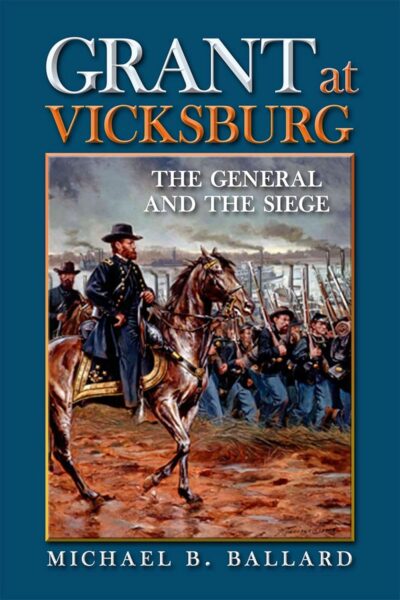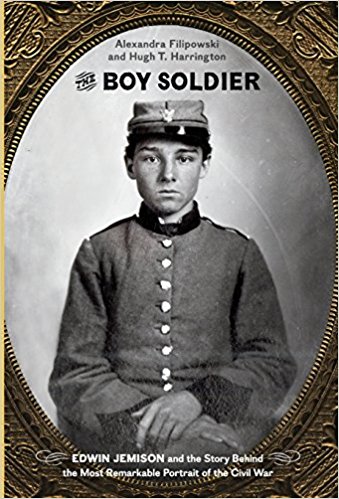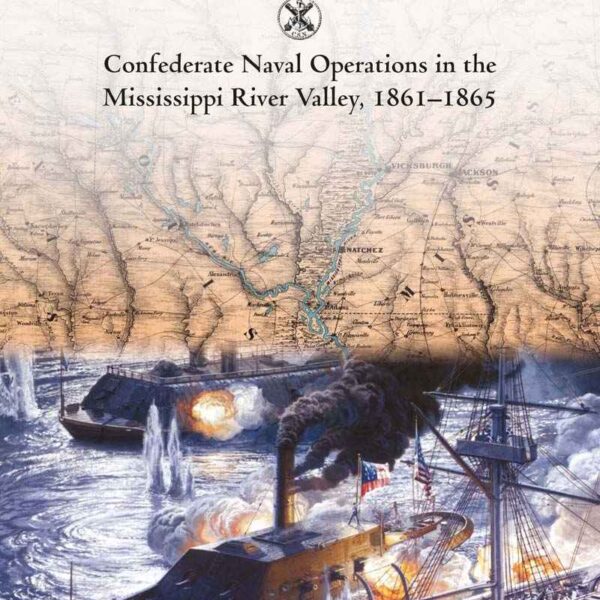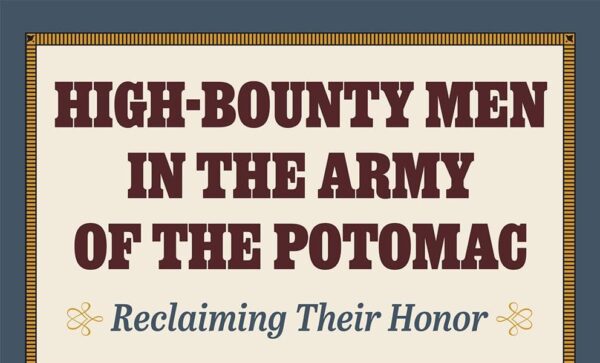The Confederate Homefront: A History in Documents by Wallace Hettle. Louisiana State University Press, 2017. Paper, ISBN: 978-0807165720. $29.95.
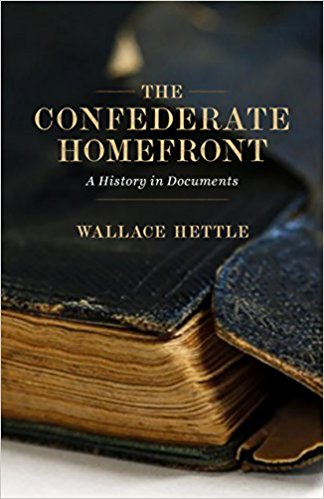 With the fate of Confederate monuments across the South being hotly contested, it is more important than ever that historians make clear the history behind both their creation and the war itself. Wallace Hettle’s The Confederate Homefront: A History in Documents will aid in that goal. A collection of primary source documents focused on all aspects of the Confederate home front, Hettle’s book is a wonderful resource for all who teach classes on the Civil War—as well as those who wish to delve deeper into what was being written and experienced by those across the Confederacy.
With the fate of Confederate monuments across the South being hotly contested, it is more important than ever that historians make clear the history behind both their creation and the war itself. Wallace Hettle’s The Confederate Homefront: A History in Documents will aid in that goal. A collection of primary source documents focused on all aspects of the Confederate home front, Hettle’s book is a wonderful resource for all who teach classes on the Civil War—as well as those who wish to delve deeper into what was being written and experienced by those across the Confederacy.
The very term “Confederate home front” is a contentious one, as scholars continue to debate whether it is possible to completely separate the home front and the battlefield in the Confederacy—to say nothing of attempting to differentiate between civilians and combatants. Hettle acknowledges this debate. Nevertheless, he strives to focus on including documents that one traditionally associates with the civilian experience—newspaper articles, diary entries, personal letters and reminisces—and endeavors to include a diversity of opinions and voices. As he admits, there were a wealth of riches when it came to choosing which documents to include, but he soon realized he was picking ones around a central theme: slavery. “The documents compiled here suggest that once the war began,” Hettle writes, “it brought the system of slavery to center stage” (xiv).
The book is arranged in chronological chapters (one for each year of the war), and Hettle includes a brief commentary to introduce each document. While his brevity is appreciated, there are moments when the reader desires a bit more information (oftentimes the author’s location, or the date on which he or she is writing is unclear, for example). Additionally, while it is refreshing to see the inclusion of excerpts from several WPA slave narratives—Hettle attempts to place them within the year of the war being discussed— there are more post-war remembrances included than one would think necessary with such an abundance of primary sources from which to choose. With so many enlightening firsthand accounts from women’s diaries, soldiers’ letters and newspaper articles, it is surprising that so many documents from books and autobiographies written after the war are included.
Nevertheless, this is a wonderful resource, especially for teachers. Hettle takes great pains to use documents that depict all aspects of life on the home front, especially those that bring to life the trials and tribulations endured by enslaved men and women. While military reports pertaining to “civilian experiences” are included, Hettle consciously excluded any documents directly related to military campaigns, instead striving to keep the focus on how the war affected civilians across the Confederacy (xiii). Included in the first and last chapters (“1861” and “1865,” respectively) are diary entries by fire-eater Edmund Ruffin, highlighting both the highest highs of the secessionist experience (firing the first shots at Fort Sumter) and the lowest lows (Hettle ends the book with Ruffin’s last entry before his suicide). Also included are political statements, runaway slave advertisements, and interpretations of the war from upper class white women, ministers, runaway slaves, yeoman farmers, Confederate guerrilla fighters and Union soldiers. In short, Hettle provides a nice cross-section of the people living and operating in the Confederacy during the war.
At a time when the history of this period is ever more important, Hettle’s book is a wonderful resource for those who wish to deepen their understanding of the Civil War era and those who lived it. It is hard to argue about the cause of the war when one reads Alexander Stephens’s “Cornerstone” speech, or the necessity of abolition after reading Booker T. Washington’s recollections as an enslaved child. As Hettle states in his introduction, the documents “do not leave us with a single heritage of the Civil War South, but rather with multiple perspectives on a world that was changing even more rapidly than our own” (xvii). This book is a welcome addition to any scholar or general reader who wishes to deepen their knowledge of those who, while they may not have enlisted in either army, fought their own wars at home.
Madeleine Forrest is a graduate student in history at the University of Arkansas.

